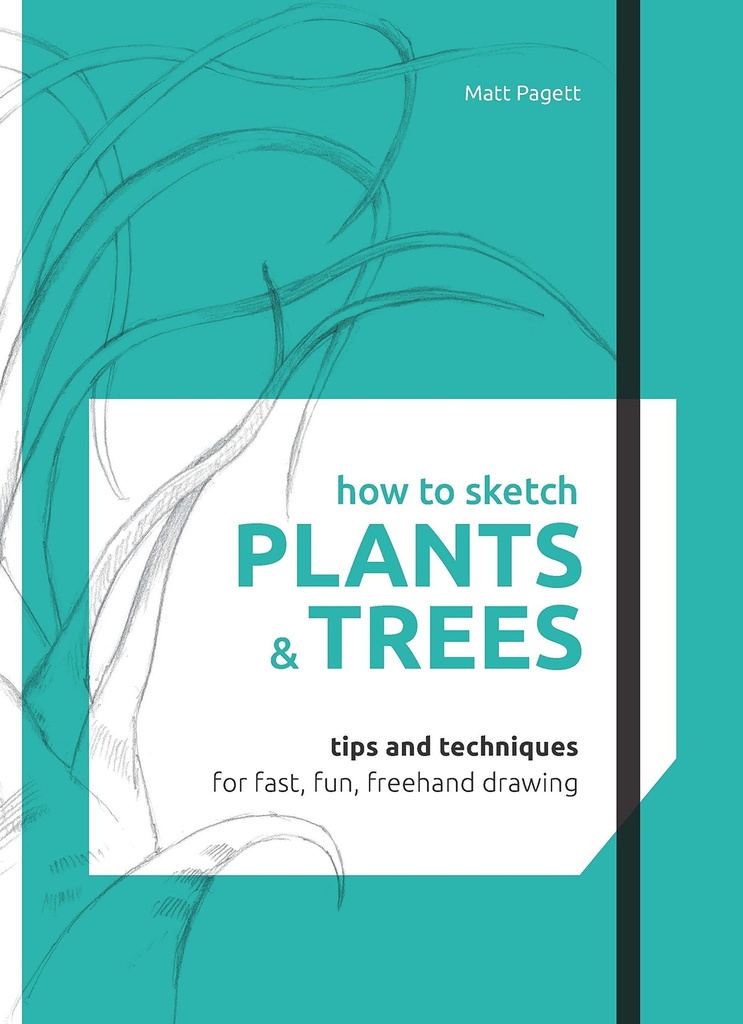How to Sketch Plants and Trees
Time spent sketching can be glorious as the chatter and demands of everyday life take a temporary back seat. How to sketch trees and plants encourages readers to look afresh, providing a complete beginner' s guide to producing dynamic, spontaneous images of the natural world around us.
The introduction explains the ethos of the book. It also features examples from art history of the importance of sketching from nature, as well as a potted guide to the kinds of trees and plants most commonly encountered in our day-to-day lives. The following Basics section runs through the fundamentals of sketching such as line, tone and composition. Each Basic ends with exercises (called Your Turn) in which readers are encouraged to practice for themselves what they' ve just learnt. The accompanying sketchbook provides an easy opportunity to do this.
One issue with many how-to draw books is that they demonstrate only one way of drawing (i.e. that of the author). The next section, " Multiples," includes a number of different artists' responses to the same subject (a piece of fruit, a walk in the park, a tree in the garden etc). This underlines the central idea that readers can and should discover their own way(s) of working.
While sketching is an end in itself, it can also lead to further, more detailed pieces of work. The book' s final section will offer ideas for how readers can develop their imagery and thus deepen their understanding of trees and plants in the process. A pine tree in a car park, a forgotten house plant in the living room, the apple you ate for lunch- all reward longer study and contemplation. Using trees and plants as a framework for a series of sketched investigations, this uniquely presented book/ sketchbook offers new ways of slowing the world down and, ultimately, keeping our curiosity fresh.
| Author | Matt Pagett |
| Publisher | Apple Press |
| Publication Country | United Kingdom |
| Condition | New |

